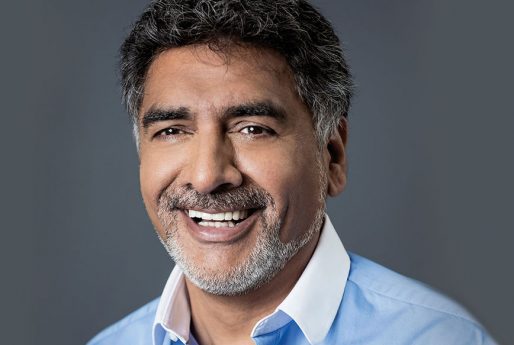 Because of their own dreams, fears, disappointments, guilt or other emotions about money, some parents avoid teaching their children about this other fact of life. But it has to be told!
Because of their own dreams, fears, disappointments, guilt or other emotions about money, some parents avoid teaching their children about this other fact of life. But it has to be told!
It seems that more often than not, parents would prefer financial skills to be taught in schools or by a government programme. The truth is, however, that the basic tools needed to handle money well – how to balance a cheque book, set up a budget, compute percentages, understand interest rates – are already taught in the classroom. These principles are found in the basic arithmetic and mathematics classes which all students take. So whatÕs missing? At home, parents should help their children learn how to handle money, and the dreams they associate with it, in practical, constructive ways. Here are five useful tips to help parents.
![]()
1) Don’t use money as a substitute for, or tool of, love. Buying gifts for your children too frequently, because you feel guilty about having to work and be away from them, sends the wrong message. Before long, they believe that spending money is a sign of love or, even more dangerous, that money equals love. The adult over-spenders I see on Your Money or Your Life are almost always trying to satisfy some other emotional need. Guess whose?![]()
2) Be honest about your child’s tendencies with money. Some children seem be to natural-born savers; others are spendthrifts; and most fall somewhere in between. Don’t ignore this aspect of your childÕs personality. Early on, devise ways to help them learn how to compensate for any weaknesses they have, and avoid some of the problems you foresee.
![]()
3) Base the amount of pocket money on something the child can understand, such as their age, the year they’re in at school or some other rationale. This can serve as your child’s first step towards understanding a budget and how to spend within its limits. Also, display a list of additional chores your child can do to earn specific amounts of extra money if they need it.
![]()
4) Require the child to contribute money to some purchases. If your child wants a big gift or one involving lots of different pieces, try requiring them to save (not borrow against!) their pocket money to contribute to the purchase. The gift should be bought only when the child has saved that amount. This will help them understand the relationship between prudent financial behaviour and reward.
![]()
5) The best way to learn about money is to deal with it so take your child to open a savings account when they’re about 10 to 12 years old. That’s a good time for you or your childrenÕs grandparents to take them to a bank to open their first savings account. Make this a new and exciting experience for them, almost like a rite of passage. And don’t worry. Teaching kids about money will not take way their childhood innocence. But you just may plant a seed that could help them grow into fiscally responsible adults.
Most outfitters in the US will rent out rod, equipment, waders, boats and guides. Buggywhips’ Fish and Float Service in Steamboat Springs, Colorado, takes you to a choice of nine major rivers and countless streams and lakes. the best time to catch fish is in September because the streams are low, the food is getting scarce and the fish are starting to put on weight for the winter . In the Yampa River 25lb fish have been caught – "with a possible new State record awaiting your next cast".


